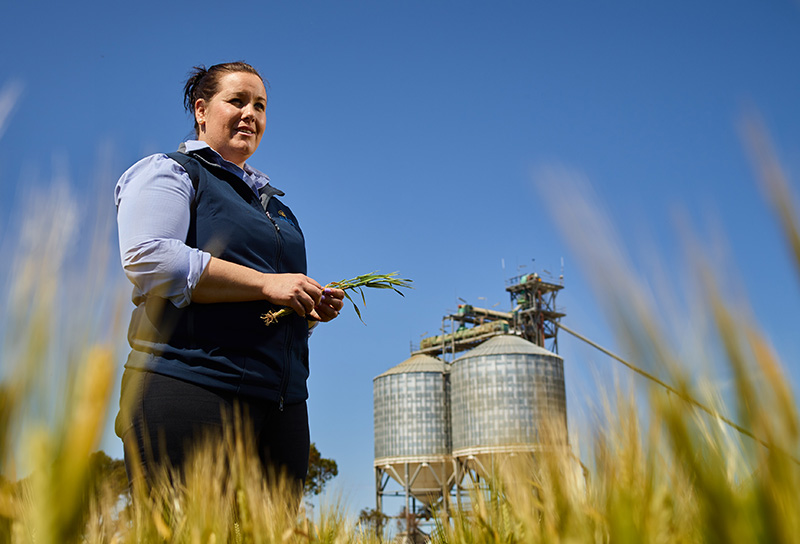Aussie dollar thaws while US/Russia freezes
By Nick Robertson
With summer moisture conservation and post-harvest logistics taking priority currently on winter cropping farms across the east coast, this leaves land managers and grain marketers plenty of time to ponder which direction markets will take as we creep towards the northern hemisphere harvest. There has been plenty of action in global grain markets for the month of February, with cold weather events in big exporting nations prompting a rally in wheat markets.
The last two weeks has seen some of the coldest temperatures in decades hit a large portion of the US Central and Southern Plains, with lows dropping below -18C all the way down to Texas. Hundreds of record low temperatures have been set during the current cold blast, with some locations seeing their coldest temperatures seen in history. There are fears of a winterkill across the US plains where large quantities of wheat may have been affected; this will get a lot of attention now and in the coming months. Cold weather in the US is not uncommon at this time of year but this extreme weather has seen a strong rally in wheat markets through the US and to some degree Australia. It is far too early to know the extent of the issue so a wait and see approach will be adopted until some warmer weather comes along.
Private Russian market research firms have either cut or potentially looking to cut the 2021 wheat forecast. This has been due to consistent cold, icy weather and lack of subsoil moisture heading into spring. Adding to the recent export taxes imposed on Russian farmers and wheat for 2021 isn’t looking as promising as it has been in been in recent years. Heading south west into France, French wheat has seen some very good demand from China in recent months, but they appear to be running out of supply. With China, for now, buying Aussie wheat, this will help sustain local cash markets going forward.
Local cash markets have been flat to slightly higher of late since the post-harvest pricing increase. The quarterly ABARES report was released last week with Australia and NSW setting new records for the largest wheat crop harvested beating the record 2016 harvest. While Barley and Canola didn’t break any records, the numbers suggest they were not far from it. The official increase to the size of the Aussie crop hasn’t weighed on any markets to this point, with few surprised by the increase. As we have seen strengthening overseas cash markets, currency markets have been moving against exporters of late. The Aussie dollar has jumped significantly in the past week past the 78cents barrier and now potentially staring down 80 cents. Our dollar has seen 15% increase since our autumn sowing window (April) and 30% increase from the lows in March.
With the latest spike in markets seen from US / Russian cold weather and dryness, we will have to wait a little longer before we know if this will be sustained by the reduced supply. In the meantime, it might be the Aussie dollar that grabs the headlines for market news.
WA impresses and East Coast exports

Last week we saw the Grains Industry of Western Australia (GIWA) release their 2020 final crop production estimates which across all zones and commodities was pegged at 16.63 million metric tonnes. The result was considered exceptional given the state received well below average rainfall for the growing season.
Read MoreWA Market Wrap - January

Certainly an interesting start to the new year from a grain marketing perspective with some big swings on CBOT wheat futures pushing past 670 US cents per bushel, barley tenders awarded and canola prices riding a roller coaster for the month.
Read MoreLocal partnership lights up a community

A partnership between Cargill and local farmers is providing much needed funding for local facilities and charities.
Read MoreSA Market Wrap - January

With harvest now over, and as people have had a bit of time to let the dust settle, the attention has moved to marketing unsold grain and getting ready for season 2021/22.
Read MoreOut with the old, ahead of the new

The new year has brought with it a renewed sense of engagement from growers looking to step up the movement of the significant stocks still held in on-farm storages.
Read MoreFocus turns to supply chain and moving grain

Over the last six months we have seen global agricultural commodity markets navigate through the COVID-19 pandemic with a very strong bullish undertone.
Read More